Drip irrigation cuts water use to a third and methane emissions to almost zero
Farmers have been growing rice in paddy fields for the last 5,000 years. Nobody has improved on the tried and tested method of cultivation – flooding the plants with four to six inches (10–15 centimeters) of water. Until now.
Netafim, the Israeli company that’s been pioneering “drip irrigation” since 1965, is sparking a revolution in the way rice is grown.
It’s using less than a third of the water to grow the same amount of rice of the same quality, on the same land. That could have huge implications, given that rice cultivation currently uses up to 40 per cent of the world’s fresh water.

Drip irrigation also uses 30 per cent less fertilizer and 36 per cent less energy. And it’s reducing the vast amounts of methane gas that bubble up from stagnant water to virtually zero.
Two thirds of the world’s population rely on rice as their primary source of nutrition. Every year more than 500 million tonnes of rice are grown, generating around a fifth of global methane emissions.
The dramatic reduction in methane emissions (which are almost 30 times more damaging than carbon dioxide) means rice growers who switch to drip irrigation can, for the first time, sell carbon credits to heavy-polluting industries.
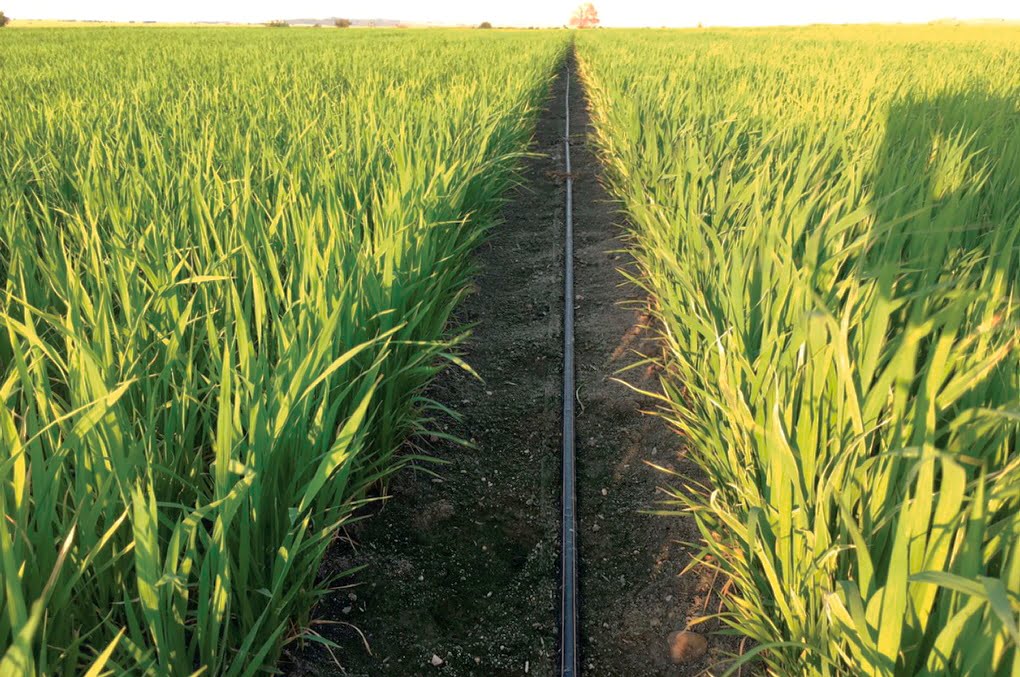
LaFagiana near Venice, Italy, has become the first drip irrigation rice farm to be independently certified as having reduced greenhouse gas emissions so that it can sell credits.
Businesses (particularly in Europe) receive a certain number of credits every year, each one representing the right to emit emissions equivalent to one ton of carbon dioxide.
Those that can’t easily reduce their emissions operate at a higher financial cost, or can buy credits from companies that do not need theirs. Carbon credits create a monetary incentive for companies to reduce their carbon footprints.
“If just 10 per cent of paddy rice farmers switch to drip, the drop in emissions will be equivalent to taking 40 million cars off the road,” said Gaby Miodownik, president for precision agriculture at Netafim.
“This program marks the first time a carbon credit is being generated based on the application of irrigation technology.
“Netafim is extremely proud to lead this initiative. In the face of climate change, the only surefire route to sustainable agriculture is to grow more with less — less land, less water and significantly less greenhouse emissions.”
Netafim has adapted the patented technology it uses to grow dozens of other crops – from alfafa to tea, and onions to blueberries – to cultivate rice.
Through a network of pipes it delivers precisely the right amount of water (and fertilizer) to the rice plant, drop by drop.
Independent studies have verified its claims that it achieves the same yields with just a fraction of the water. And farmers, who are understandably hesitant about innovation, are being won over.
“They’re smart, they want to know that the technology works before they use it themselves,” says John Farner, global chief sustainability officer at Netafim.
Sign up for our free weekly newsletter
Subscribe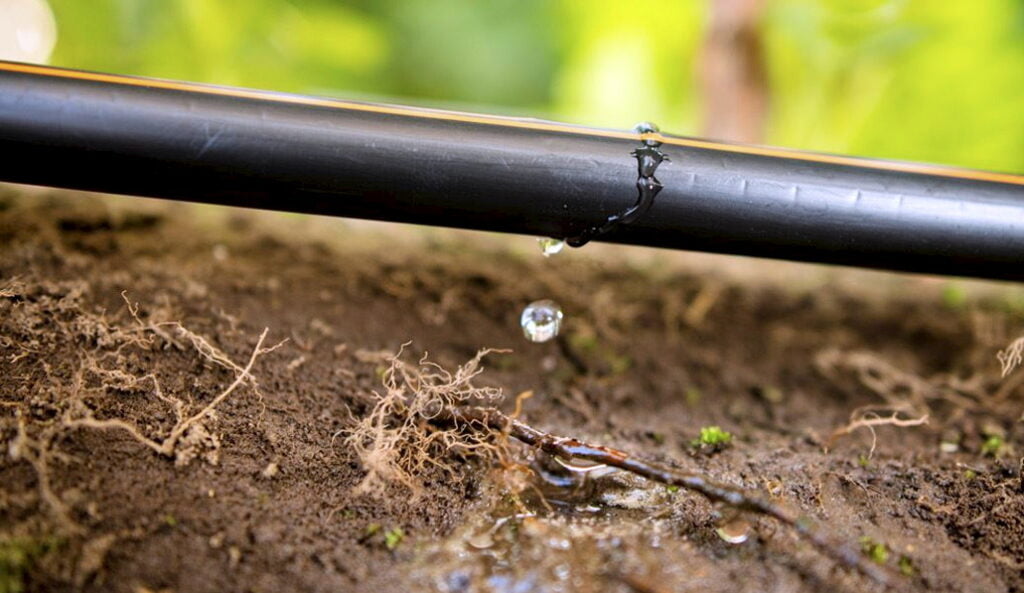
“So naturally, there is sometimes a hesitation to adopt new technologies before they fully understand it.
“We’re challenging the way that rice has been grown for thousands of years, so of course, there are going to be some questions.
“But I believe that this technology, when used appropriately, with the right types of investments, has the opportunity to be the ‘new normal’ way of growing rice globally.
“I don’t think our world can afford to be doing things the way they’ve been done for years and years, especially when you have the environmental impact that rice cultivation has, as it’s currently done right now. We’re not out there to move mountains tomorrow, we do know that this will take time.
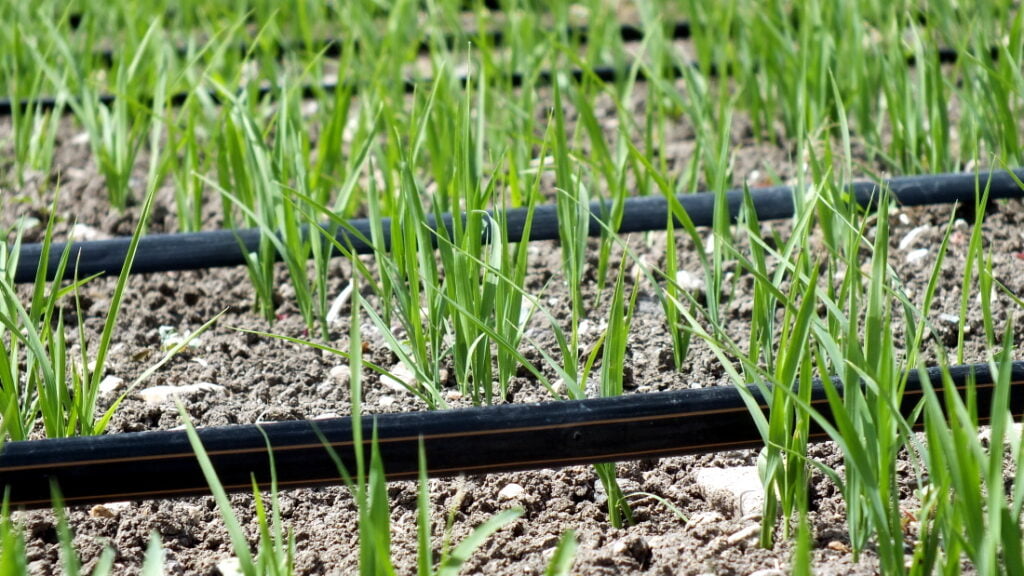
Farmers have to invest – buying the pipes, pumps and other equipment – rather than simply opening the valve to flood the field. So how long does it take to pay for itself?
“It really depends,” says Farner, “on where you are globally, what your yield is, the cost of water, which is different globally, and the cost of fertilizer.
“This is why we are keen to reward farmers. If they’re going through these sustainable practices, if they are investing their time, effort and money to transform how rice has been grown globally, let’s look at ways to offset some of their investment.
“That’s why we’re very excited to be the first ones generating carbon credits through this type of initiative.”
Drip irrigation, the technology that allows such advances in sustainability, sounds simple, but is phenomenally complex.
“There was a lot of trial and error,” says Farner. “We cracked the code first, so we fully expect our competitors to be right behind us in providing these kinds of solutions to our customers.
“But at the end of the day, we’ve really listened to the growers to make sure everything is as easy as possible for them, and that the amount of fertilizer, water, and the way or the spacing of the actual drip lines actually make sense for the rice field being grown.
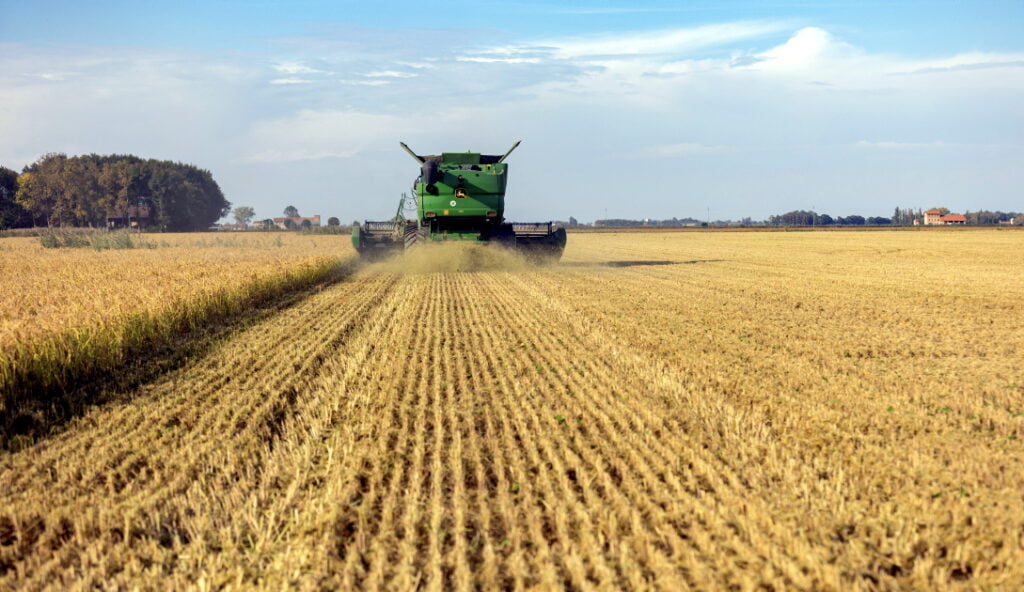
“We use our experience of not only being from Israel and growing things in a desert, but also the experience of having the largest global footprint of any other irrigation company in the world.”
Traditional paddy fields need to be completely flat, so farmers laser-level them, so the water doesn’t simply drain to the lowest point.
Netafim’s drip irrigation works just as well on slopes as the flat, opening up opportunities to use land that was previously no good for growing rice.
Related posts

Editors’ & Readers’ Choice: 10 Favorite NoCamels Articles

Forward Facing: What Does The Future Hold For Israeli High-Tech?

Impact Innovation: Israeli Startups That Could Shape Our Future


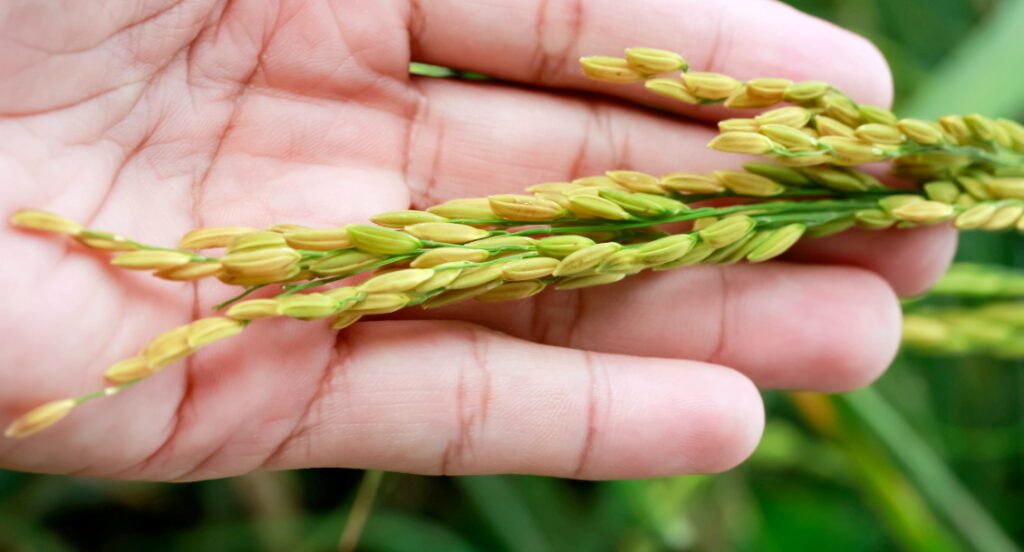

Facebook comments